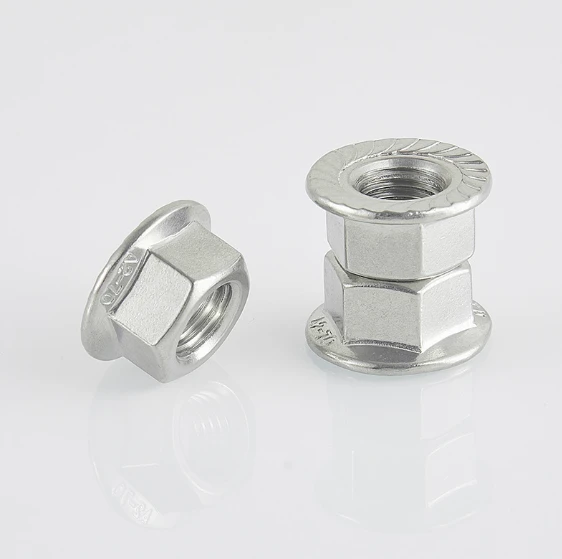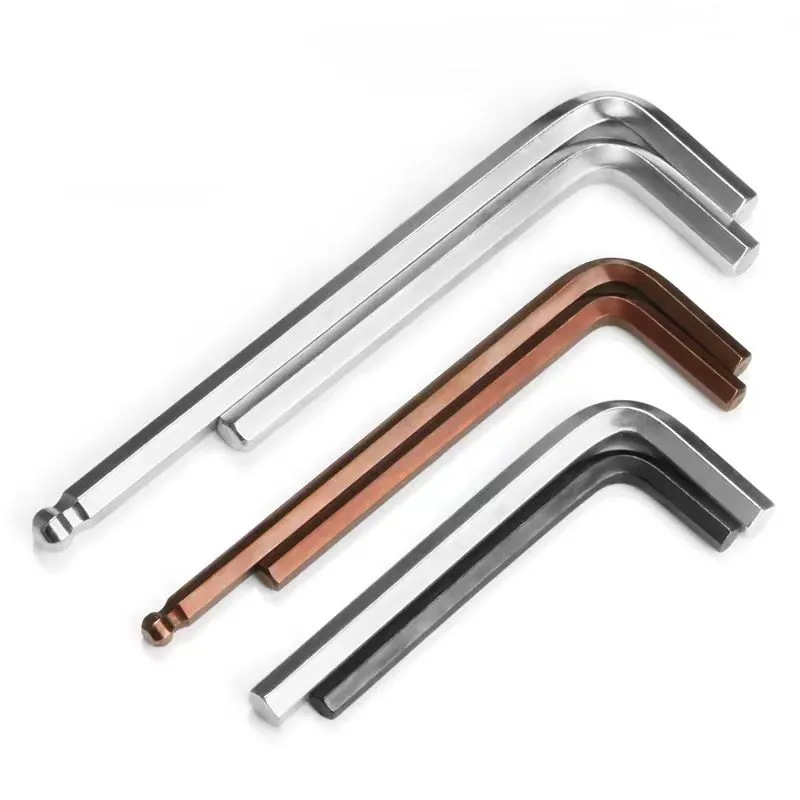

Cross recessed countersunk head self tapping screws
Mar . 04, 2025 12:15 Back to list
Cross recessed countersunk head self tapping screws
Selecting the right type of self-tapping screw can significantly impact the performance and longevity of your project. Self-tapping screws are designed to drill their own hole as they are driven into materials, making them incredibly useful for a variety of applications. However, understanding the different types and their specific uses is crucial. This article delves into the diverse world of self-tapping screws, offering insights that ensure optimal use in varied applications.
Countersunk Self-Tapping Screws provide a neat finish by allowing the head to sink into the surface. Used extensively in applications where a flawless finish is necessary, these screws eliminate the need for follow-up refinishing. Commonly used in joinery, furniture making, and where wood aesthetics are critical, these screws help maintain the natural beauty of the wood by ensuring a seamless surface. Button Head Self-Tapping Screws are known for their aesthetic appeal and functional strength. The broader head offers a larger contact surface, which is beneficial in soft materials like plastic. The button head offers a dome-shaped profile that not only looks sleek but distributes load effectively, reducing the risk of material deformation. Another vital category is the Winged Self-Tapping Screw, designed for use in drywall applications. The innovative wing design assists in creating a pathway through the drywall before the wings break off when they reach the wood or metal substrate, allowing the screw to tap into the subsequent layer securely. This design is invaluable in minimizing the damage to the surface layer, ensuring a secure and firm hold between layers. When choosing self-tapping screws, material composition is just as important as the design itself. The two most common materials are stainless steel and carbon steel. Stainless steel screws are known for their resistance to corrosion and staining, while carbon steel screws provide enhanced strength and durability, making them ideal for heavy-duty applications. Understanding the environment and load requirements is crucial when selecting the appropriate material. The correct deployment of self-tapping screws can drastically augment the integrity and longevity of assemblies in construction, automotive, and everyday household applications. Ensuring optimal compatibility between the screw type and the application material is paramount to achieving desired results. By selecting the right type of self-tapping screw, one can ensure not only the structural integrity of their project but also achieve efficiency, cost-effectiveness, and durability.


Countersunk Self-Tapping Screws provide a neat finish by allowing the head to sink into the surface. Used extensively in applications where a flawless finish is necessary, these screws eliminate the need for follow-up refinishing. Commonly used in joinery, furniture making, and where wood aesthetics are critical, these screws help maintain the natural beauty of the wood by ensuring a seamless surface. Button Head Self-Tapping Screws are known for their aesthetic appeal and functional strength. The broader head offers a larger contact surface, which is beneficial in soft materials like plastic. The button head offers a dome-shaped profile that not only looks sleek but distributes load effectively, reducing the risk of material deformation. Another vital category is the Winged Self-Tapping Screw, designed for use in drywall applications. The innovative wing design assists in creating a pathway through the drywall before the wings break off when they reach the wood or metal substrate, allowing the screw to tap into the subsequent layer securely. This design is invaluable in minimizing the damage to the surface layer, ensuring a secure and firm hold between layers. When choosing self-tapping screws, material composition is just as important as the design itself. The two most common materials are stainless steel and carbon steel. Stainless steel screws are known for their resistance to corrosion and staining, while carbon steel screws provide enhanced strength and durability, making them ideal for heavy-duty applications. Understanding the environment and load requirements is crucial when selecting the appropriate material. The correct deployment of self-tapping screws can drastically augment the integrity and longevity of assemblies in construction, automotive, and everyday household applications. Ensuring optimal compatibility between the screw type and the application material is paramount to achieving desired results. By selecting the right type of self-tapping screw, one can ensure not only the structural integrity of their project but also achieve efficiency, cost-effectiveness, and durability.
Latest news
-
Durable Metal Fasteners with GPT-4 Turbo AI | High Strength
NewsAug.04,2025
-
Hot Dip Galvanized Bolts - LongZe Metal Products|Corrosion Resistance, High Strength
NewsAug.03,2025
-
Premium Cap Nuts: Secure & Durable Fastening Solutions
NewsAug.03,2025
-
High-Strength Hot Dip Galvanized Bolts - LongZe Metal Products|Corrosion Resistance, Customization
NewsAug.03,2025
-
Hot Dip Galvanized Bolts-Hebei Longze|Corrosion Resistance&High Strength
NewsAug.03,2025
-
High-Strength Hot Dip Galvanized Bolts - Hebei Longze|Corrosion Resistance&Customization
NewsAug.02,2025

